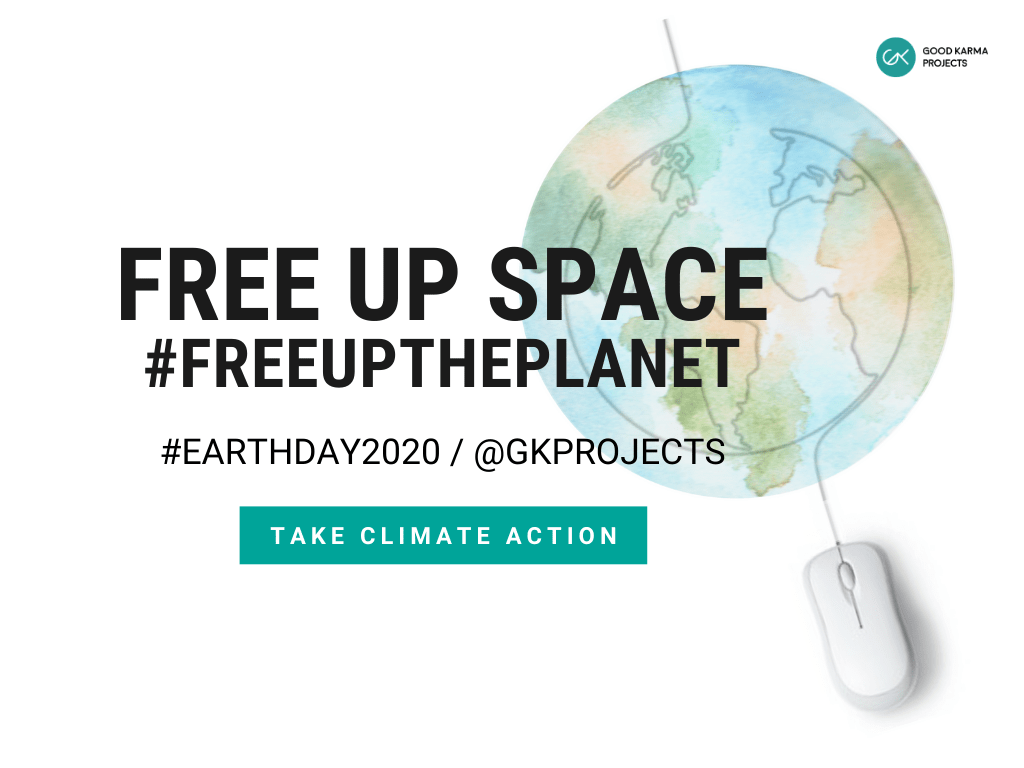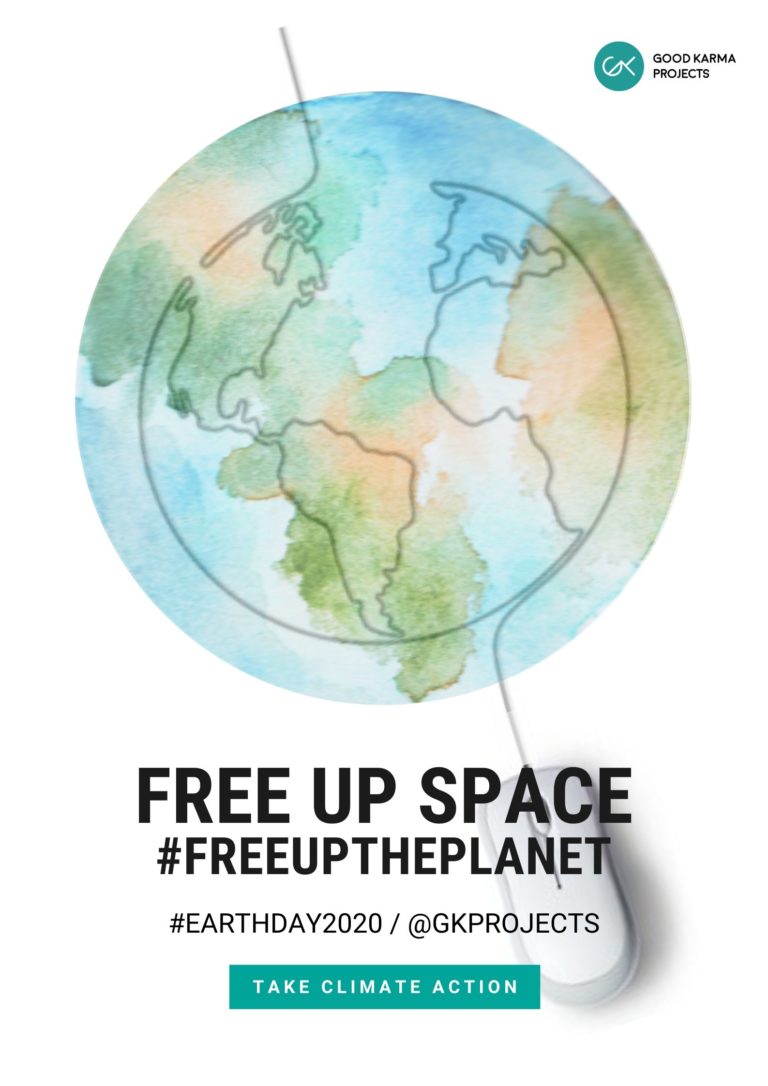The invisible impact of the internet
All the movies you stream, the important documents that you need access to from anywhere, your emails, all of the information that you’ve uploaded — it may take up little or no space on your devices, but all of that data is not just floating around in space.
These data is saved and processed in data centers, massive buildings occupied by nothing but row after row of computer servers that are running nonstop to make sure that when you need to retrieve a photo stored in the cloud, you’ll be able to have access to it right away. Data centers are responsible for between 1-1.5% of global electricity usage and most of it comes from non-renewable sources.
While the main focus is on limiting emissions from the automotive, aviation and energy sectors, it’s the communications industry that is on track to generate more carbon emissions than all of the aforementioned sectors.
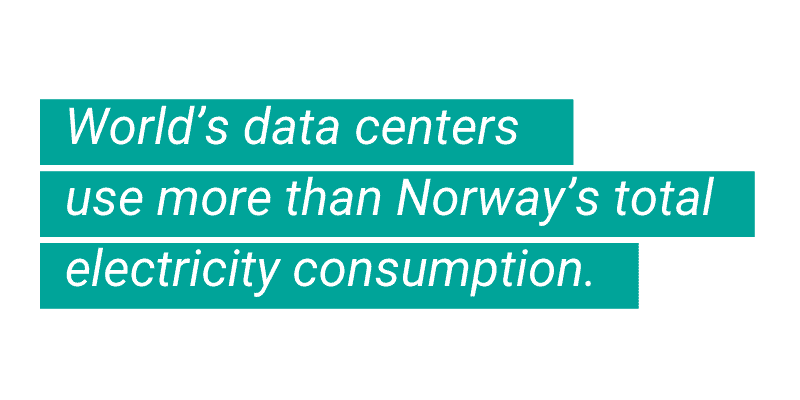


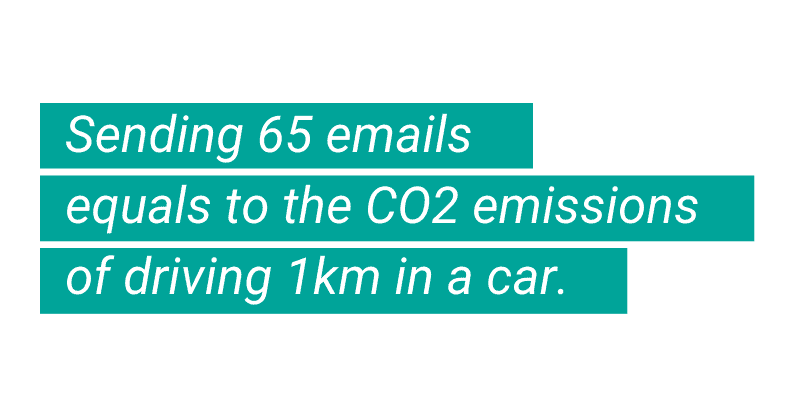


FOR THIS YEAR’S EARTH DAY, WE’VE FIGURE OUT A NEW WAY TO HELP ON CLIMATE CHANGE. ALL DATA STORED ON THE INTERNET USES ENERGY, LET’S FREE UP SOME SPACE TO SAVE SOME ENERGY!
JOIN OUR CAMPAIGN
TAKE ACTION WITH THESE THREE EASY STEPS
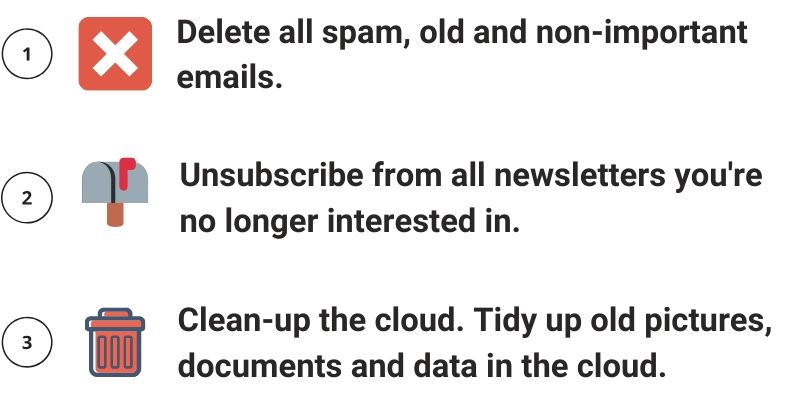
AND DON’T FORGET TO SHARE IT WITH YOUR FRIENDS!
The greening of the internet is the next endeavor in our hyperconnected era.

Download and share the complete campaign on PDF format.
Find more information about the invisible impact of the internet in our last article.

The invisible impact of the internet
Whilst we are not surfing the waves, we are surfing the web and splashing out on emails and texts. There are some things that we

